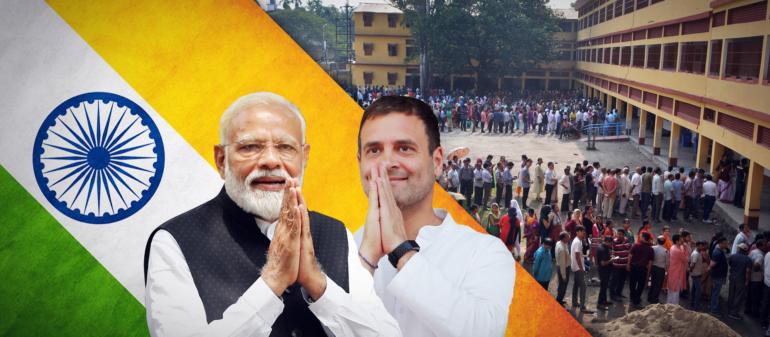A battle royale in Indian politics.
On one side, the son of a tea vendor Prime Minister Narendra Modi seeking re-election, after serving five years in office. On the other end, the scion of a political dynasty, the Congress Party’s Rahul Gandhi, looking to reclaim his family’s legacy.
At stake; a stagnant economy, unemployment, national security and the future of more than 1 billion Indian citizens.
Here’s a look at India’s election by the numbers: some 900 million people are registered to vote for candidates to fill 543 seats in the lower house of Parliament. Voting began in early April, with the final ballot cast more than five weeks later on May 19. Results are expected to be announced on May 23.
To discuss:
- Irfan Nooruddin is Professor of Indian Politics and Faculty Chair at the Walsh School of Foreign Service at Georgetown University
- Sunil Khilnani is author of Incarnations: A History of India in Fifty Lives and The Idea of India
- Subramanian Swamy, is a member of the Upper House of the Indian Parliament
- Abhinav Prakash Singh is Assistant Professor of Economics at Shri Ram College of Commerce, Delhi University
Fore more:
Millionaires and Bollywood stars vote in India election alongside slum-dwellers https://t.co/octXZUPJk1
— The Independent (@Independent) April 29, 2019
India goes to polls in fourth phase of general election https://t.co/5EjokqPCeL
— Al Jazeera English (@AJEnglish) April 29, 2019
 CGTN America
CGTN America

